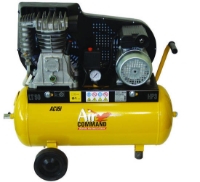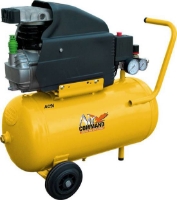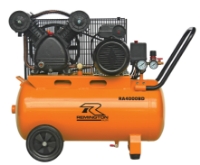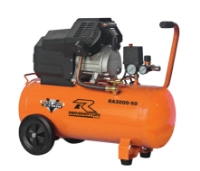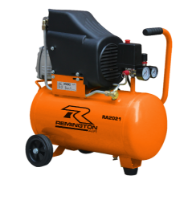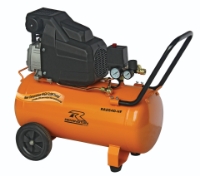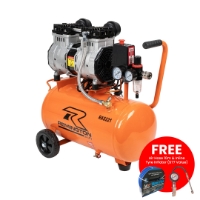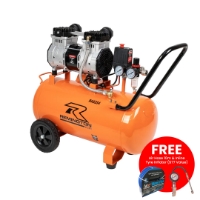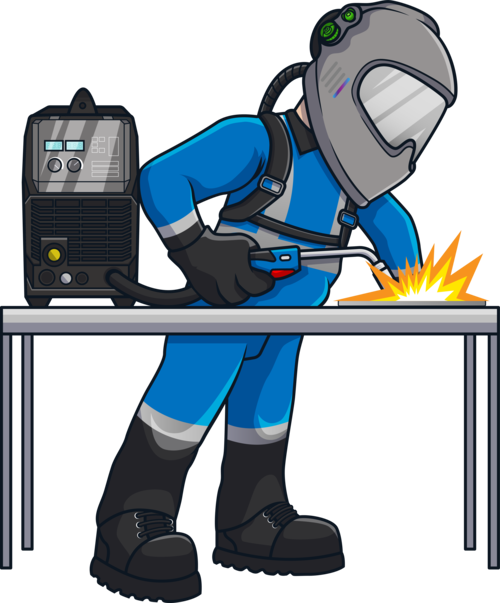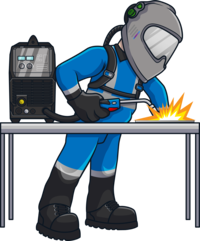Table of Contents
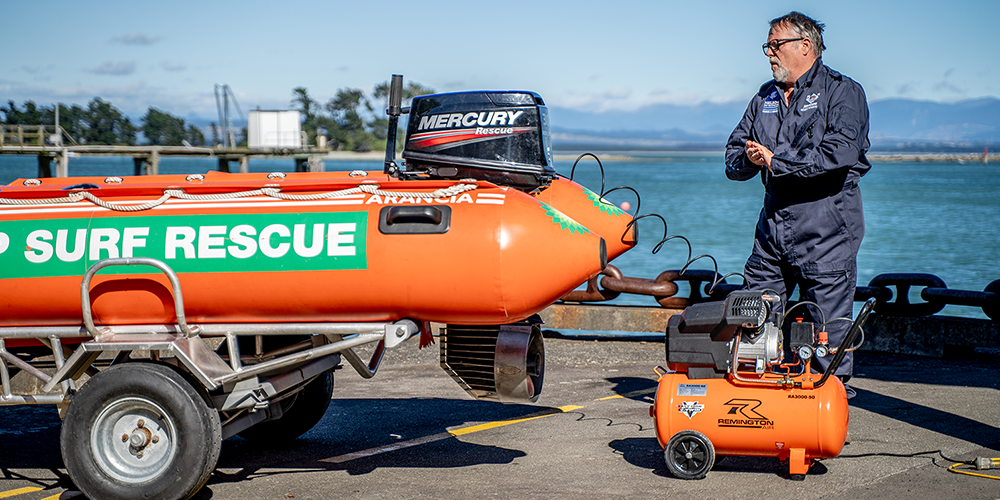
Air compressors are the silent workhorses of workshops, garages, and building sites. Whether inflating tyres, running a spray gun, or powering air tools, the right air compressor makes all the difference. But with various models and technical jargon—like CFM, PSI, duty cycles, and motor types—it’s easy to feel overwhelmed.
This guide simplifies the decision-making process by comparing two practical options from Proline Industrial: the Remington RAS1500 Direct Drive Silent Oil-less Compressor and the Remington RA4000BD Belt Drive Compressor. By the end, you’ll clearly understand which model best suits your tasks—whether you’re a home DIYer, workshop operator, or mobile tradie.
Understanding Compressor Types
Before diving into specifications, it helps to understand the main types of air compressors commonly used in trade and workshop settings.
Direct Drive Compressors
In direct-drive models, the motor is connected directly to the pump. This setup reduces moving parts, which means fewer things to maintain. They’re compact and easy to transport, often designed for light-to-moderate use. These compressors typically run at high speeds, producing a decent amount of air for their size, but they can be a bit louder than other types.
Belt Drive Compressors
With belt-driven compressors, a belt connects the motor to the pump. This design allows the pump to operate at lower speeds, reducing noise and wear. Belt-driven units can handle higher airflow requirements and are better suited for frequent or sustained use. They tend to be heavier and larger than direct-drive models but offer more output and flexibility.
Comparing Direct Drive & Belt Drive Compressors
Remington RAS1500 – Direct Drive Oil-less Compressor
The Remington RAS1500 is a compact, oil-less, direct drive compressor with a 1.5HP motor. It’s ideal for lighter tasks like airbrushing, tyre inflation, hobby projects, or quick fixes around the home or garage.
Key Specifications:
- Motor: 1.5HP, 230V, twin pump electric
- Free Air Delivery: 100 L/min @ 7 Bar (approx. 3.4 CFM)
- Noise level: 70 dBA at 1.5 metres
- Tank: 6-litre carry tank
- Weight: 16.4 kg
Being oil-free, the RAS1500 requires minimal upkeep—there’s no oil to change or maintain. It’s small enough to carry easily, and quiet enough not to disrupt shared or residential spaces. If you work on occasional weekend projects or have limited space, this unit offers a hassle-free introduction to compressed air systems.
Remington RA4000BD – Belt Drive Compressor
The Remington RA4000BD is a 2.75HP belt drive compressor built for heavier workloads. With a 50-litre tank and cast iron V-twin pump, it’s designed for regular use in workshops, trade sites, or anywhere with higher airflow and longer run time.
Key Specifications:
- Motor: 2.75HP TEFC motor (Totally Enclosed Fan Cooled)
- Free Air Delivery: 200 L/min (approx. 7.1 CFM)
- Max Pressure: 115 PSI (8 Bar)
- Tank: 50 litres
- Power Supply: Standard 10A plug, 230V
- Twin outlets for multiple tool use
- Cold start valve to reduce load on startup
Despite its size, it runs off a regular 10-amp plug. That means no special wiring or three-phase power is needed—plug and go. It also has dual outlets and a large air reserve, making it ideal for someone who switches tools often or runs high-demand air tools for longer periods.
Specifications to Consider When Choosing
You’ll want to evaluate how you’ll use the compressor to make the right choice. Here’s what to weigh up:
1. Air Flow Requirements (CFM and L/min)
Air tools require a steady flow of compressed air to operate correctly. This flow is measured as CFM (Cubic Feet per Minute) or L/min. A nail gun might need around 2–3 CFM, while a spray gun might need 6 CFM or more.
- The RAS1500, with 100 L/min (around 3.4 CFM), is suitable for light tasks and single-tool use.
- The RA4000BD, with 200 L/min (around 7 CFM), is better suited to powering tools like impact wrenches, blow guns, or multiple nailers.
Always choose a compressor that exceeds the airflow needs of your most demanding tool.
2. Tank Size and Duty Cycle
The tank (or air receiver) stores compressed air. A larger tank allows for longer tool use before the motor kicks in, smooths out pressure fluctuations, and reduces wear.
- The RAS1500 has a 6L tank—great for portability but best for short, infrequent bursts.
- The RA4000BD has a 50L tank, which is ideal for extended tasks, reducing compressor cycling, and keeping up with heavier tools.
Additionally, consider duty cycle—how long the compressor can run without overheating. Direct-drive models usually have shorter duty cycles, while belt-drive units can handle longer, continuous use.
3. Noise Level
Noise is measured in decibels (dB). Every 10 dB increase roughly doubles the perceived noise level.
- At 70 dBA, the RAS1500 is relatively quiet—about the level of a household vacuum cleaner.
- The RA4000BD, though more powerful, is quieter than many similar units due to its low-revving belt drive pump.
If you work in a residential area or a shared indoor space, noise could be a deciding factor.
4. Power Supply
The RAS1500 and RA4000BD both operate on standard 230V 10A single-phase power—the same as most home and commercial sockets. That makes either unit easy to plug in and use without electrical upgrades.
However, larger industrial compressors may need 15A plugs or three-phase 400V power. Always check that your available power matches the compressor’s requirements.
5. Portability and Space
If you need to move your compressor often—for mobile repairs, job sites, or shared spaces—weight and design matter.
- The RAS1500 weighs just 16.4 kg and has a small footprint. It’s easy to carry and stow away.
- The RA4000BD, while heavier, has wheels and a sturdy handle for easy movement around a workshop.
Another factor is space-saving. Some compressors come in vertical tank configurations to reduce the floor footprint. If space is tight, that might be worth exploring.
Which Compressor Is Right for You?
Let’s break it down by typical user profiles:
For Light-Duty Home and Hobby Tasks
If you’re a DIY enthusiast, car hobbyist, or someone who occasionally inflates tyres or uses a brad nailer, the Remington RAS1500 is a solid choice. It’s:
- Quiet enough for indoor use
- Compact and portable
- Maintenance-free (oil-less)
- Affordable and straightforward to operate
It does exactly what you need without overcomplicating things.
For Workshop Owners and Serious DIYers
Running a busy workshop or taking on heavy-duty projects? The Remington RA4000BD offers:
- High airflow for air tools
- A large tank for sustained output
- Quiet, cool-running operation thanks to its belt drive
- Dual couplers for multiple users or fast tool switching
- A rugged V-twin cast iron pump for longer service life
If you use tools frequently and want long-term reliability, the RA4000BD is a better investment.
For Industrial or Multi-Operator Use
While the RAS1500 and RA4000BD serve most trade and workshop needs, there’s a threshold where rotary screw compressors come into play. These are ideal for:
- Continuous use
- Multi-operator setups
- High CFM requirements across long shifts
Though not covered in this comparison, Proline Industrial can advise on rotary screw options if your needs go beyond piston compressors.
The Long-term Value of the Right Compressor
When weighing up options, price often comes into the equation. While the RAS1500 offers excellent value for light work, the RA4000BD represents a solid investment for long-term and professional use. Here’s why choosing the right compressor from the start can save you money over time:
- Reduced tool wear – Undersized compressors can cause air tools to underperform, increasing wear and reducing lifespan.
- Lower operating costs – Compressors that run efficiently and suit the job reduce wasted power and downtime.
- Avoiding replacements – Overshooting your compressor’s limits shortens its life. Selecting the right unit prevents premature failure and unplanned expenses.
- Improved workflow: The right compressor keeps pace with your work. There are no delays waiting for tanks to refill, and there are no pressure drops during critical tasks.
In a busy trade or workshop environment, time is money. Reliable air delivery allows smoother operations, fewer interruptions, and higher-quality results.
By understanding the differences in compressor types, airflow requirements, noise levels, and overall durability, you can confidently invest in a solution that enhances your productivity and protects your tools. Whether you're inflating a tyre in your garage or powering multiple air tools in a busy workshop, selecting the right compressor is key to a smoother, more efficient workflow.
Ready to take the next step?
Explore the full range of Air compressors at Proline Industrial. Whether you’re just starting or levelling up your workshop tools, our team can help you choose a compressor that does the job quietly, reliably, and efficiently.
Get in touch today and power your projects the right way.













































